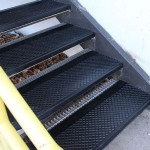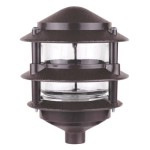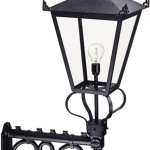Growing Boston Ferns Outdoors: A Comprehensive Guide
Boston ferns, with their elegant, elongated fronds, are a popular choice for indoor and outdoor spaces. If you're looking to cultivate these lush plants in your garden, here's a detailed guide to help you succeed:
1. Choosing the Right Spot
Boston ferns prefer shady locations with bright, indirect light. Avoid exposing them to direct sunlight, as this can scorch their fronds. Morning sun is generally acceptable, but afternoon sunlight should be limited.
2. Soil Requirements
These ferns thrive in rich, well-draining soil that is slightly acidic (pH 5.5-6.5). Amend your garden soil with organic matter, such as compost or peat moss, to improve drainage and nutrient availability.
3. Planting and Spacing
Plant Boston ferns in spring or summer when the soil is warm. Dig a hole slightly larger than the root ball and place the fern in it. Backfill the hole with soil and gently firm it around the base of the plant. Space the ferns 12-18 inches apart to allow for adequate air circulation.
4. Watering
Boston ferns require consistently moist soil but never soggy soil. Water deeply and regularly, especially during hot, dry weather. Avoid overhead watering as it can promote foliage diseases. Instead, water at the base of the plant.
5. Fertilizing
Fertilize Boston ferns every 4-6 weeks with a balanced, water-soluble fertilizer. Use a slow-release fertilizer to provide a gradual supply of nutrients. Overfertilizing can harm the plant.
6. Pruning
Remove any dead or yellowing fronds to maintain the plant's healthy appearance. You can also trim back overgrown fronds in spring or fall to encourage new growth.
7. Mulching
Mulch around the base of Boston ferns with shredded bark or other organic material. Mulching helps retain moisture, suppress weeds, and regulate soil temperature.
8. Winter Care
Boston ferns are not hardy in cold climates and must be protected from freezing temperatures. In areas where winters are mild, you can move the ferns indoors to a bright, cool location. In colder regions, you can overwinter the ferns in a greenhouse or dig them up and store them in a cool, dark place.
9. Pests and Diseases
Boston ferns can be susceptible to pests like aphids, mealybugs, and spider mites. Treat infestations with insecticidal soap or neem oil. Anthracnose, a fungal disease, can also affect ferns. Remove infected fronds and treat the plants with a fungicide.
Conclusion:
Growing Boston ferns outdoors requires careful attention to their specific needs for shade, moisture, and nutrients. By following these guidelines, you can cultivate these beautiful plants and enjoy their graceful foliage in your garden for many seasons to come.

Boston Fern Outdoor Care Tips For Growing In Gardens Gardening Know How

Boston Fern Nephrolepis Exaltata Bostoniensis Wisconsin Horticulture

Boston Ferns Outdoors Top Growing Tips

An Easy Method Of Caring For Ferns Hanging Outdoors Funky Junk Interiors

Costa Farms Boston Fern Indoor Outdoor Plant In 10 Grower Pot Avg Height 1 2 Ft Tall Pack Co Bf10 Pk2 The Home Depot

How To Grow Boston Fern Plants Outside Gardening Channel

Boston Fern Outside Care Tips To Keep Them Happy

Growing Boston Ferns Nephrolepis Exaltata Care Epic Gardening

Boston Ferns For Growing Guide Trees Com

Boston Fern Nephrolepis Exaltata








